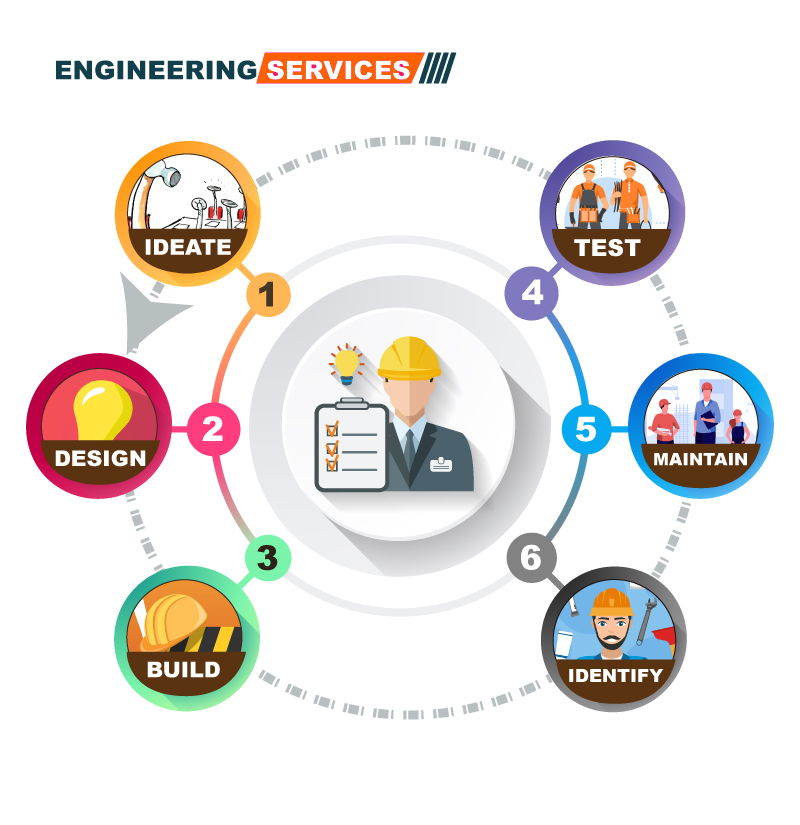Drive Your Task Onward with Specialist Engineering Support: Laying Out Engineer Services, Measured Structure Surveying, and Beyond
Drive Your Task Onward with Specialist Engineering Support: Laying Out Engineer Services, Measured Structure Surveying, and Beyond
Blog Article
Making Best Use Of Resource Appropriation With Strategic Evaluating Practices
In the realm of calculated source allocation, the practice of checking stands as a pivotal device for organizations aiming to optimize their efficiency and effect. By methodically collecting data and understandings, critical surveying practices supply a roadmap for educated decision-making and source circulation. With the lens of stakeholder interaction, these studies supply a way to take advantage of the diverse point of views and needs that form a company's landscape. The real power of strategic surveying exists not simply in data collection, but in the ability to transform this info right into workable techniques that push a company towards its objectives. With this lens, we start to unravel the elaborate interplay between surveying practices and source optimization, setting the phase for a much deeper expedition of the techniques and methods that underpin this essential procedure.
Importance of Strategic Surveying Practices
Strategic evaluating techniques play a critical duty in determining the efficient allocation of sources within companies. By conducting critical studies, companies can gather valuable information and understandings that aid in making educated choices regarding the allotment of resources such as workforce, budget plan, and time. These methods offer a structured method to comprehending the existing state of the company, recognizing areas for improvement, and lining up sources with critical objectives.
One essential importance of critical surveying techniques is that they aid companies prioritize their efforts based upon real-time comments from stakeholders. This makes certain that sources are routed in the direction of projects or activities that have the greatest effect on accomplishing organizational purposes. Furthermore, tactical studies make it possible for firms to adjust to altering market conditions, consumer preferences, and internal capabilities by constantly assessing and keeping an eye on source allowance methods.
Gathering Insights From Stakeholders
Including comments from stakeholders is vital for organizations carrying out calculated evaluating methods to properly allot sources and drive decision-making procedures. Stakeholders, including employees, consumers, suppliers, and community participants, hold important insights that can considerably influence the success of critical efforts. Topographical Surveying. Engaging with stakeholders with studies, interviews, focus groups, and comments sessions permits organizations to gain a deeper understanding of their demands, worries, and preferences
By gathering insights from stakeholders, companies can determine vital locations for renovation, prioritize source allowance based upon real demands, and align calculated goals with stakeholder expectations. Involving stakeholders in the decision-making process fosters a feeling of ownership and dedication, leading to increased buy-in and support for strategic campaigns.
In addition, stakeholders commonly provide distinct viewpoints and ingenious ideas that may not have been considered internally. By actively listening to and including stakeholder feedback, organizations can improve their tactical surveying methods, make even more enlightened choices, and eventually achieve far better results.
Utilizing Data-Driven Approaches
Making use of data-driven approaches is extremely important for companies seeking to boost the effectiveness of their resource allotment approaches and decision-making procedures. By leveraging information analytics and progressed innovations, companies can extract valuable understandings to optimize source appropriation, determine patterns, and make educated choices. Data-driven strategies allow organizations to assign resources based on empirical proof instead of instinct, causing extra effective and efficient outcomes.

Furthermore, organizations can use predictive analytics to forecast future resource demands and designate resources proactively. Topographical Surveying. By leveraging historical data and trend evaluation, companies can expect need variations and adjust their source allocation strategies accordingly. On the whole, embracing data-driven strategies encourages organizations to make knowledgeable decisions that make the most of source allotment performance and drive sustainable growth
Identifying Areas for Improvement
To improve operational performance and performance, companies need to prioritize pinpointing essential areas for enhancement with rigorous analysis and analysis. Recognizing locations for enhancement is a vital action in the procedure of optimizing resource allotment. By recognizing where inadequacies or bottlenecks exist within the organization, decision-makers can guide sources in the direction of attending to these details areas. This targeted strategy guarantees that efforts are concentrated on activities that will certainly yield the best return on financial investment.
One efficient approach for Visit This Link recognizing locations for enhancement is performing regular efficiency analyses throughout various departments or features. Via these assessments, organizations can gather valuable understandings into locations that call for you can look here attention or restructuring. In addition, looking for comments from employees in all levels of the organization can provide an one-of-a-kind perspective on prospective areas for improvement.
Moreover, making use of tools such as procedure mapping, SWOT analysis, and benchmarking can assist in recognizing areas for enhancement by highlighting staminas, weak points, possibilities, and dangers within the company. By methodically analyzing these factors, companies can establish a comprehensive understanding of where sources need to be designated to drive efficiency and performance.
Practical Tips for Execution

Verdict
Finally, critical surveying methods play a crucial role in optimizing source allowance by collecting insights from stakeholders, making use of data-driven strategies, and determining locations for improvement. Applying practical tips for efficient surveying can bring about more enlightened decision-making and optimized resource appropriation methods. By prioritizing calculated evaluating methods, companies can make sure that resources are allocated effectively and efficiently to fulfill their objectives and goals.
In the world of critical resource allotment, the method of checking stands as an essential device for organizations aiming to optimize their performance and influence.Strategic surveying techniques play a crucial function in establishing the effective allocation of sources within companies.Including responses from stakeholders is crucial for organizations applying calculated evaluating methods to properly assign sources and drive decision-making processes.Moreover, organizations can employ anticipating analytics to anticipate future source demands and designate resources proactively. By focusing on critical evaluating practices, organizations can make certain that resources are alloted successfully and successfully to satisfy their purposes and goals.
Report this page